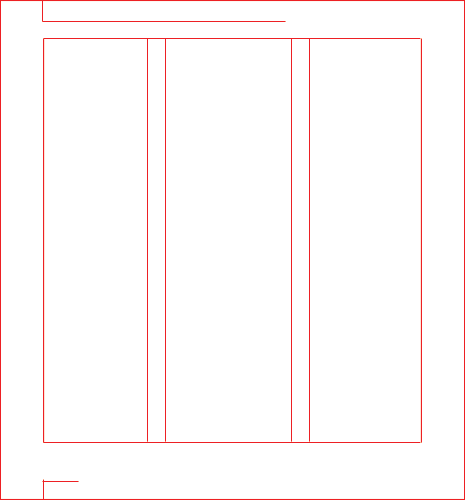Directional Web Designs
Layout and Composition

Web pages appear on browsers of all sizes, from tiny phone screens to cinema displays. In addition, users can resize their text, which has an impact on the layout of the page. Over time several standard page layout approaches have emerged that address these issues in various ways:
- Fixed layouts stay put at a specific pixel witth regarless of the size of the browser window or text size.
- Fluid (or liquid) layouts resize proportionally when the browser window resizes.
- Elastic layouts resize proprtionally based on the size of the text.
- Hybrid layouts combine fixed and scalable areas.
Multicolumn Layouts Using Floats
Floats are the primary tool for creating columns on web pages. The advantages that floats have over absolute positioning for layout are that they prevent content from overlaopping other content, and they make it easier to keep footer content at the bottom of the page. The drawback is that they are dependent on the order in which the elements appear in the source, although there is a workaround using negative margins.
